Tire pressure has a significant influence on vehicle performance, durability and fuel economy. However, most people face the problem of air leaks that reduce wheel pressure.
One of the issues that people are very concerned about is brand new tire losing air pressure. Normally, the degree of escape is related to tire life. With new tires, it is quite rare unless it is experiencing some external impact.
Let’s explore the following article to understand better the causes and how to fix the pressure drop in new tires.
Why Is Tire Pressure Important?Tire PressureTire pressure is understood as the pressure of air compressed inside the tire. This one dramatically affects the operating characteristics of the new tire.
More specifically, inflating the new tires at the correct pressure helps the wheelchair roll on the road with the full tread. The contact surface is spread evenly, thereby helping to wear the surface evenly.
Besides, a set of properly inflated new tires also brings direct benefits to the user, such as optimal smoothness, stable cornering ability, shortest braking distance, and fuel economy.
Pressure is significant to the use of your car because it directly affects the performance, durability, and optimal function of the brakes and suspension systems equipped on the vehicle.
At the same time, maintaining the correct pressure helps you maintain safety, vehicle load, wheel life, and fuel consumption.
Therefore, you need to check your new tires regularly to ensure the pressure is always at the most stable level.
Why Does Your Brand New Tire Lose Air Pressure And Leak Air?Next, to better understand the condition of new tires leaking air, let’s learn about some of the causes of this condition.
Loss of air pressureThe first cause is the loss of air pressure. Here are some of the reasons.
Wheel problemAlthough very careful, when you just change a new tire, the risk of wheel failure can occur. The common problem is that your tire valve stem is of poor quality.
The common problem is that your tire valve stem is of poor quality.
When changing a new tire, it is better to replace the valve with a new one. Also, don’t forget to check it regularly to determine if it’s working correctly. Besides, if the valve core is too tight, it can also cause air to leak.
Another problem is that damaged, warped, deformed wheels due to impact also cause pressure to drop.
Tire damageDamageIn addition to the wheels, problems related to tires include rolling a nail or sharp object that punctures the new tire damaged, broken, and reduces the pressure quickly.
When moving on the road, you need to pay attention to the terrain. You accidentally go into potholes at high speed; it can also cause new tires to leak air.
Temperature changeMoreover, the change in weather is also the reason why the pressure of newly purchased tires decreases.
When it’s cold, the air contracts, and the pressure level drops faster.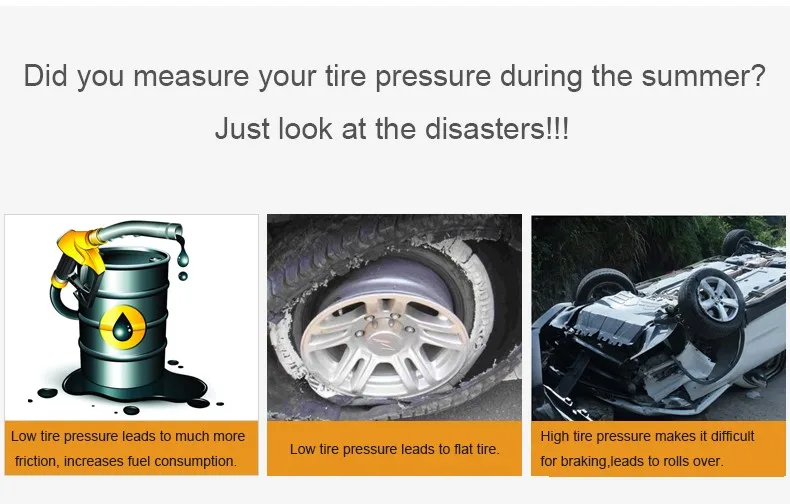 So, you need to regularly check your wheel in the winter to maintain it at the right level.
So, you need to regularly check your wheel in the winter to maintain it at the right level.
Gas leaks can also be the cause of brand new tires losing tension. Leaking gas causes a drop in tire tension, and this can happen slowly or very quickly.
Assembly problemIf there is a problem during the assembly process that causes the rims and tires not to fit properly, it will also cause air to leak faster.
Valve is brokenValve is brokenSimilarly, if you buy a new car but use an old valve or a new valve that comes with a damaged tire, it will also cause air to escape.
Usually, this speed is relatively slow. Therefore, it will be difficult to detect now but check the valve regularly to limit this situation.
Temperature change – VariationThe temperature change will also cause the air in the wheel to escape. The molecules are often more concentrated when it is cold, shrinking, reducing tension. Statistically, every 10°F drop in temperature reduces stress by about one psi.
Statistically, every 10°F drop in temperature reduces stress by about one psi.
Finally, if you don’t seal the new tires properly, it can easily lead to leaks. Besides, not cleaning the seal not or adequately removing the label also causes the wheel not to fit together, and this creates a space for air in the new tire to escape.
Watch this video for useful ways on finding a leak:
Tips To Keep Tires Safe From Losing Or Leaking AirTips To Keep Tires SafeTo ensure safety during travel, it is essential to keep the tension stable. Some tips to help you maintain it at an appropriate level and limit losing or leaking:
Regular CheckFirst, the simple thing that you need to pay attention to is regularly checking your car’s tension. The problem of leaks reducing stress can happen slowly and silently.
The problem of leaks reducing stress can happen slowly and silently.
Therefore, try to maintain the habit of checking your tires weekly to determine the extent of tension leaks to detect and fix problems in time. At the same time, you need to check all the wheels and should not skip any.
Cold testWhen temperature drops, the air in the wheel can also contract, reducing the tension. Therefore, in the cold season, you need to check the tension with a higher frequency.
To determine the tension level accurately, you need to park the car in the shade and stop starting the engine at least 15 minutes before. Otherwise, the displayed tension level is incorrect and should remove about 2psi of inflation.
Use a standard tension gauge.Finally, it would help if you used a standard tension gauge to determine the exact tension level of the tire. Yet, you should also note that some meters may display a tension difference of about +/- 3psi depending on the vehicle type.
Therefore, a quality tool is an indispensable tool to help you determine this correct tension level.
ConclusionMany reasons lead to the situation of brand new tires losing tension. Therefore, you always need to pay attention to the issue of checking the stress of your tires, even you just bought them to ensure safe driving.
With the information we have provided, you can clearly understand the importance of car tension and how to fix the brand new tire leaking air.
No one wants to purchase new tires, only to find out that they’re already leaking air. Tire Pirates specializes in tire services in Calgary, AB. We want to help you understand how new tires can leak air and what can be done about this problem. The good news is that this problem is usually easy to fix. New tires can and do leak air, but there’s no need to panic. We’ll explain what can be done about it and how to determine what’s causing your new tires to leak air.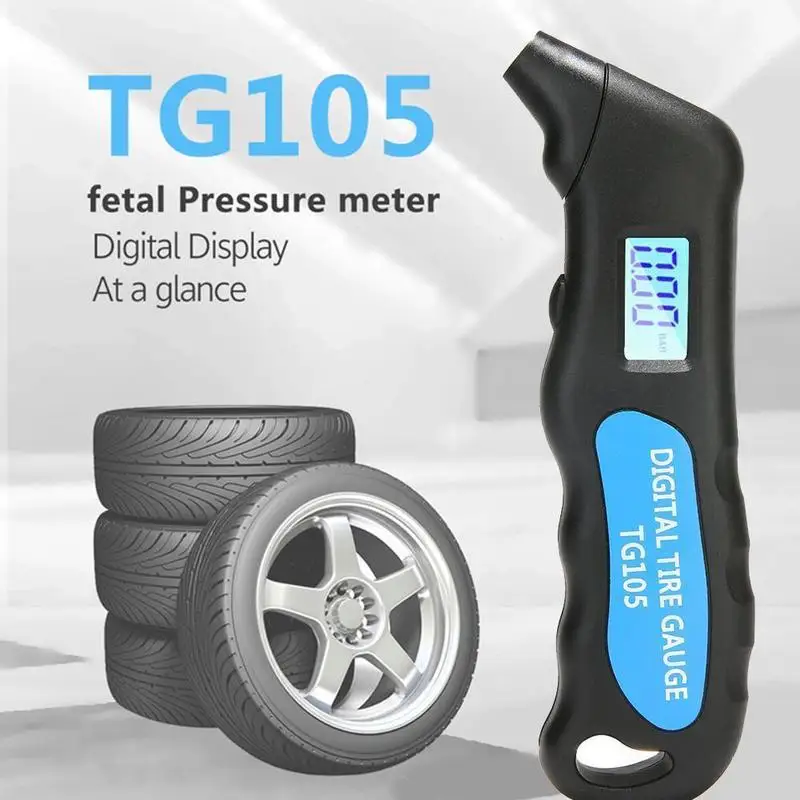 Learn more and contact us today for commercial tire services in Calgary, AB.
Learn more and contact us today for commercial tire services in Calgary, AB.
Reasons New Tires Can Leak Air
Investing in new tires is a good idea for your vehicle, but finding out that they’re already leaking air can be quite frustrating. The truth is that your tires may not be defective, although it’s a slim possibility. There are other, more common, reasons why your new tires may be leaking air, including:
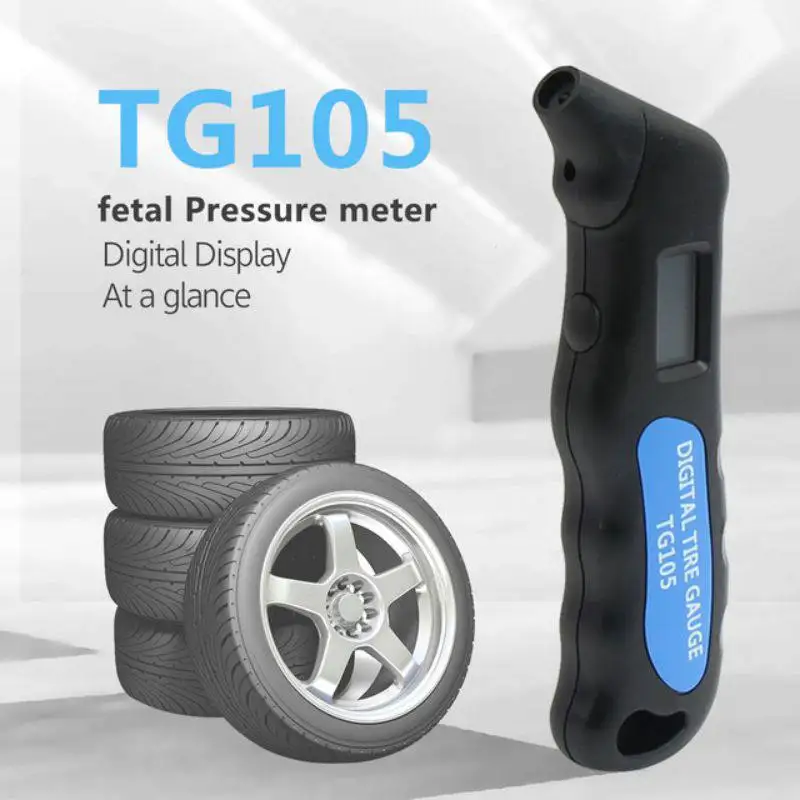 The cold weather causes air molecules to become denser, which results in the air pressure in your tires dropping. Tires lose one PSI for every 10°F the temperature drops. Keeping your car in the garage during winter can help, as can keeping a compressor handy.
The cold weather causes air molecules to become denser, which results in the air pressure in your tires dropping. Tires lose one PSI for every 10°F the temperature drops. Keeping your car in the garage during winter can help, as can keeping a compressor handy.The easiest thing you can do is bring your vehicle to Tire Pirates. Our trained mechanics and technicians will inspect your tires and determine why they’re leaking air. If you got your tires from us and we installed them for you, we’ll remedy the problem, and you won’t have to worry about a thing. If you got them somewhere else, we’d still be happy to find out what’s wrong and make it right. Brand new tires are typically covered by a warranty. If your tire continues to lose air after being filled several times, just bring your car in for a repair or replacement.
Brand new tires are typically covered by a warranty. If your tire continues to lose air after being filled several times, just bring your car in for a repair or replacement.
You can trust Tire Pirates for all the tire repair services you need. We’ve been serving the Calgary, AB community since 1991. We perform seasonal tire changes and provide flat tire repair services. Our team can repair rapid leaks, slow leaks, and bead leaks. We can determine whether you need new tires, or a repair will do the trick. Tire Pirates also offers seasonal tire storage options.
Mechanical & Commercial ServicesWhen you need automotive maintenance for your car, truck, or SUV, bring it to one of our two convenient locations. We offer comprehensive mechanical services, including wheel alignments, brake replacement, steering and suspension, oil changes, wiper blade replacement, vehicle batteries, auto tune-ups, air filter replacement, and more.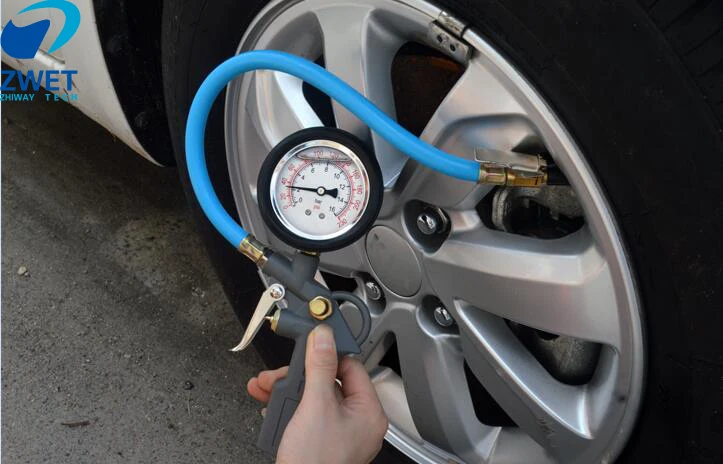 Tire Pirates offers a wide selection of commercial tires. We carry construction tires, quality and durable tracks, industrial tires, farm equipment tires, and more.
Tire Pirates offers a wide selection of commercial tires. We carry construction tires, quality and durable tracks, industrial tires, farm equipment tires, and more.
If you need top-notch tire service in the Calgary area, Tire Pirates can help. We offer auto mechanical services in Calgary, AB for all types of vehicles at our locations in Chinook and Foothills. We pride ourselves on providing quick, professional service. Contact us today to learn more or schedule an appointment.
Photo www.tgamobility.co.uk
Often, tire pressure decreases gradually, and this process continues for several days. You inflate them to the required level, but the tires again pass air over time. In this case, you should contact the tire shop, where they will determine the cause of the pressure loss. There may be several. We will look at the problems with tubeless tires, since most modern cars are equipped with them.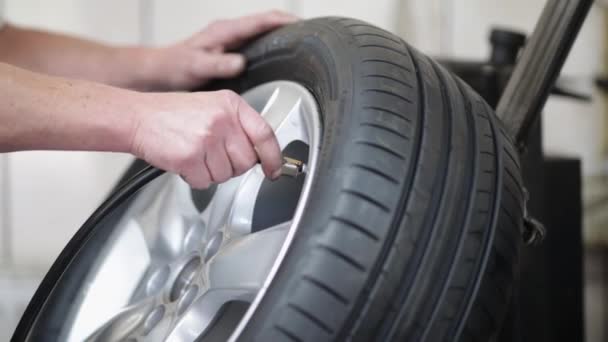 nine0009
nine0009
Ivan Flyagin
Disk damage usually leads to its deformation. This comes from hitting the wheel at high speed on the edge of the pit or on a steep and hard bump. Due to the loose fit of the tire to the rim, a partial air leak occurs. Keep in mind that damage may be hidden on the inside of the rim, while the outside of the wheel will look brand new, without any visual flaws.
Another possible reason for the gradual loss of pressure in the tires is the depressurization of the valve (or nipple) as a result of mechanical impact, or the ingress of the smallest dust particles into it. If the mechanism is in good condition, then air can leak in the place where its valve is attached to the disk. Sometimes you can fix the problem by pumping the spool with a few sharp and short presses. nine0009
Quite often the tire “catches” a nail or other sharp and large object on the road, which safely gets stuck in the place of the puncture.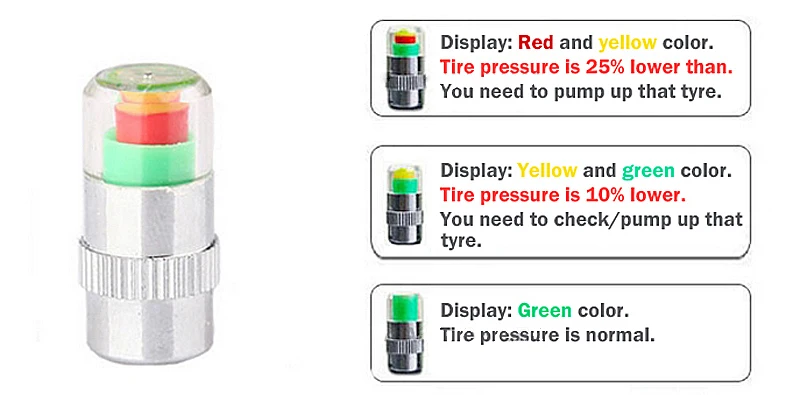 In this case, it serves as a stopper, only not completely sealed, so the air will slowly but surely bleed. If a nail hits a tire with a camera, it instantly bursts, and at high speed this is fraught with an emergency.
In this case, it serves as a stopper, only not completely sealed, so the air will slowly but surely bleed. If a nail hits a tire with a camera, it instantly bursts, and at high speed this is fraught with an emergency.
A tire can be damaged not only on the tread side, where the thickest and most durable rubber layer is located. Its side is also vulnerable to contact with sharp objects. Usually in this place there are cuts from friction on curbs, the edge of the track, protruding rebar and other hard and sharp protrusions. How quickly the rubber will lose air depends on the depth of the scratch. Usually damage to the sidewall causes irreparable damage to the tire, and it has to be replaced. nine0009
Whatever advanced rubber compound is used in the manufacture of a modern tire, in any case, its structure will respond to temperature changes to one degree or another. As a rule, in the cold, the rubber narrows, and as a result of a slight drop in pressure, the wheels sometimes have to be pumped up.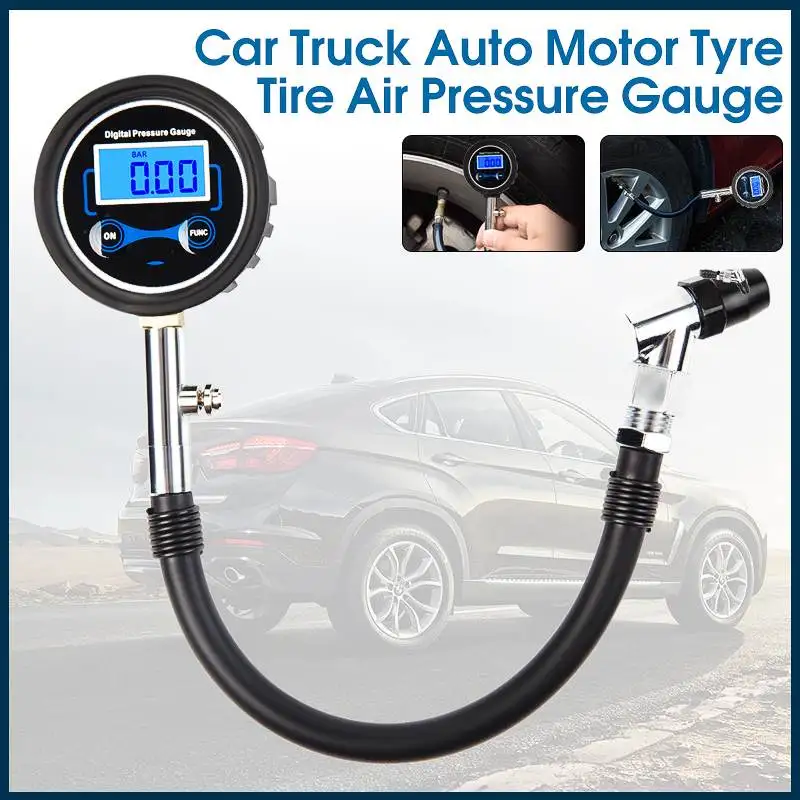 Accordingly, at high temperatures, the opposite effect occurs and the pressure in the tires increases.
Accordingly, at high temperatures, the opposite effect occurs and the pressure in the tires increases.
145283
How safe to park your car
27449
How safely to park your car
27449
Subscribe to Autovzglygs:
traffic safety, wheels, car service, repairs, accessories, tyres, tyres, maintenance
Photo: Shutterstock
adv.rbc.ru
See also
Tires are the only vehicle element that is in constant contact with the road. One of the main indicators of their serviceability is pressure. It affects not only fuel efficiency, but also safety.
As a rule, car manufacturers recommend maintaining tire pressures between 2.0 and 2.8 bar. But in practice there are situations when it is necessary to deviate from this norm.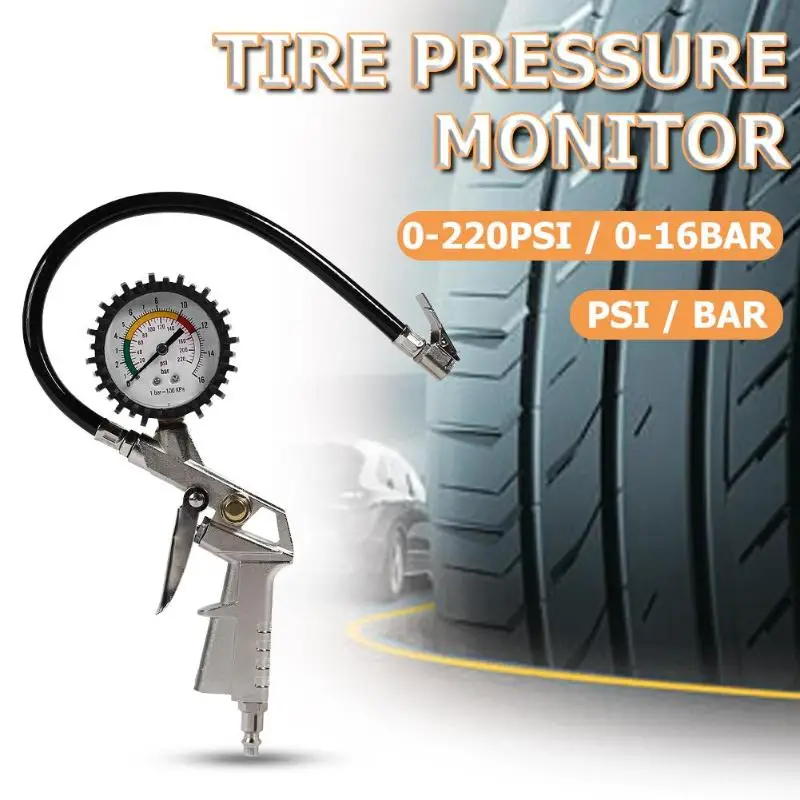 nine0009
nine0009
adv.rbc.ru
Tire pressure should be checked at least once a month, there are several ways to do this. We understand why it is so important to observe the optimal pressure indicator and what it affects.
In this story:
Tire pressure is the resistance with which air "presses" on the inner area of the rubber. Properly inflated tires will last longer, give you better ride quality and improve your driving safety. If the pressure in the tires is too low or they are pumped over, then the car owner runs the risk of facing a number of problems: from buying new tires to the threat of an accident. nine0009
Properly inflated tires will last longer (Photo: Global Look Press)
Under-inflated tires are tires that are below the recommended pressure. In this case, the contact patch of rubber with the road increases, which leads to increased friction or rolling resistance. A worn out outer edge of the tread can visually give out such a problem. nine0009
In this case, the contact patch of rubber with the road increases, which leads to increased friction or rolling resistance. A worn out outer edge of the tread can visually give out such a problem. nine0009
Increased friction with the road can cause the tire to overheat, slip and even burst. In addition, low tire pressure leads to:
When tires are over-inflated, that is, above the manufacturer's recommended rate, the contact patch decreases. As a result, the main friction with the road is taken over by the central part of the tire.
Excessive tire pressure leads to excessive sensitivity to road irregularities and the risk of tire damage, even destruction. Overinflated tires also cause the following:
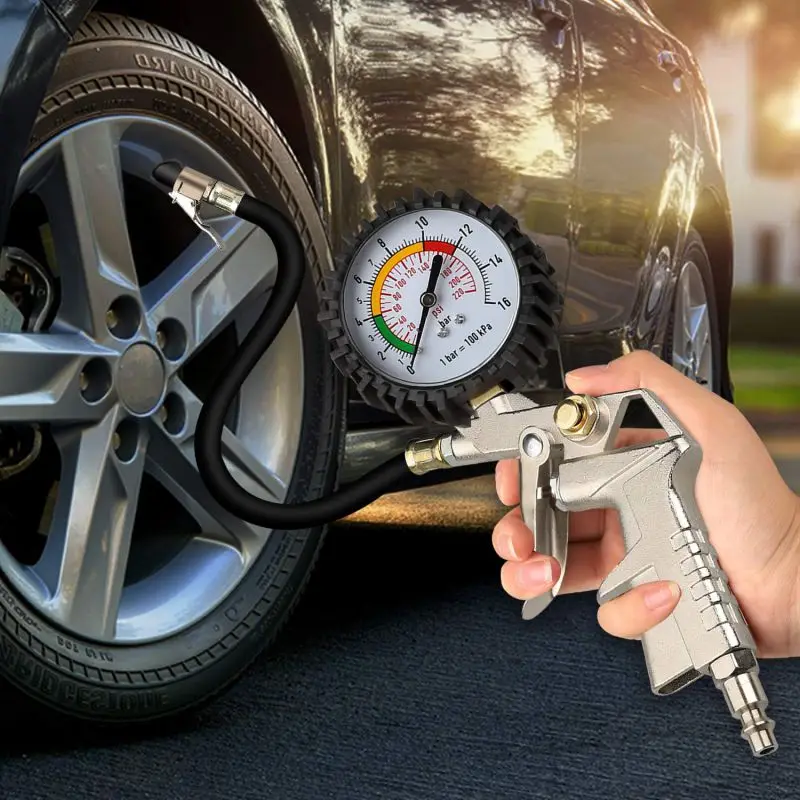
Tatyana Eliseeva, an auto expert, master of sports of international class in motorsport, comments
For flat tires:
For overinflated tires:
Excessive tire pressure leads to excessive sensitivity to road irregularities and the risk of tire damage (Photo: Shutterstock)
For each car model, the manufacturer sets its own optimal tire pressure.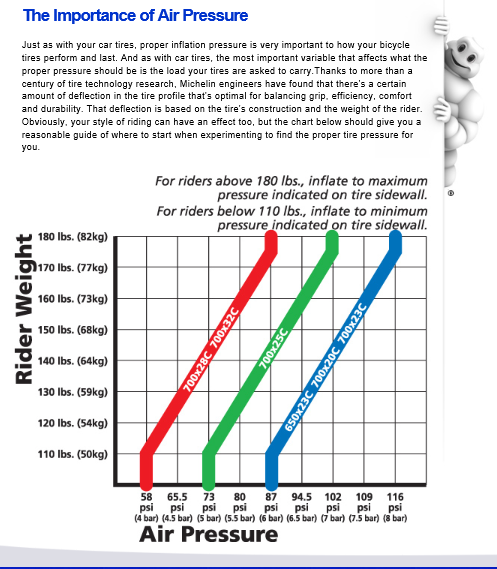 This indicator depends on the mass of the car, the speed of operation, the number of passengers (partial or full boarding), as well as the load on the trunk [1]. nine0009
This indicator depends on the mass of the car, the speed of operation, the number of passengers (partial or full boarding), as well as the load on the trunk [1]. nine0009
Information on the recommended tire pressure can be found in the vehicle owner's manual or on one of the plates/stickers in the passenger compartment. They can be:
Tire pressure is measured in several units. In Russia, they usually indicate in kg / cm 2 (or atmospheres) and bars (bar). These two indicators are almost equal, which is why they are often used as synonyms:
Foreign models often use pounds per square inch (pound per square inch), or psi:
For convenience, car manufacturers can indicate pressure in two units at once - bar and psi. Thus, the need to independently calculate according to the formulas disappears. Otherwise, you can do this in one of the online calculators or check the table of popular values. nine0009
| 2.0 bar | 2.1 bar | 2.2 bar | 2.3 bar | 2.4 bar | 2.5 bar | 2.6 bar | 2.7 bar | 2.8 bar |
| 29psi | 30psi | 32 psi | 33 psi | nine0214 35 psi36 psi | 38 psi | 39 psi | 41 psi |
Temperature has a significant effect on tire pressure: when it drops, the pressure in the wheels decreases with it. When the temperature drops by 10 °C, the tire deflates by an average of 0. 07–0.14 bar or 1 to 2 psi [2].
07–0.14 bar or 1 to 2 psi [2].
Temperature has a significant effect on tire pressure (Photo: Shutterstock)
Summer tires typically use manufacturer's recommended readings. But in winter, it is advised to add about 0.2 bar to these figures [3].
Experts also recommend checking and correcting tire pressure at outside temperature. In the cold season, swapping is best done not in a warm garage, but on the street. In summer, before such a manipulation, you should make sure that some of the wheels of the car were not under the scorching sun, while others were in the shade. nine0009
Sometimes the tire pressure needs to be adjusted according to the situation. For example, when the machine is fully loaded or a trailer is towed. For such cases, automakers, as a rule, separately indicate the optimal pressure.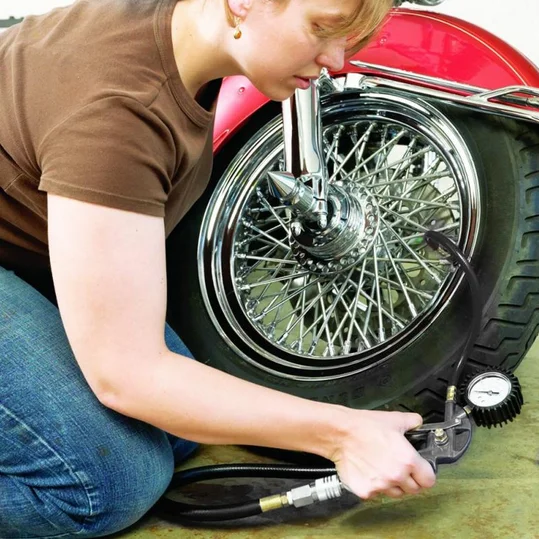
But there are moments that fall into the category of extreme and non-standard (especially if before that the car most often drove around the city). Automotive expert Tatyana Eliseeva analyzed the most common of them. nine0009
Causes tires to heat up, especially in summer, so you should follow the manufacturer's recommendations before such a trip. We do not know what we will meet: patched road repairs or heavy rain. After all, for each of these situations, the recommendations will be opposite. Athletes can play with pressure when track conditions are known and engineers can always change the settings. For a long journey, the layman just needs to choose the average.
Tires must be bled off, especially on sand. The question is for how much? You can bleed up to 0.7 atm, but a not very experienced motorist can slip the wheels with an inaccurate movement, and if the driver turns the steering wheel sharply (for example, trying to catch on the edge of the track), then the tire can come off the disk.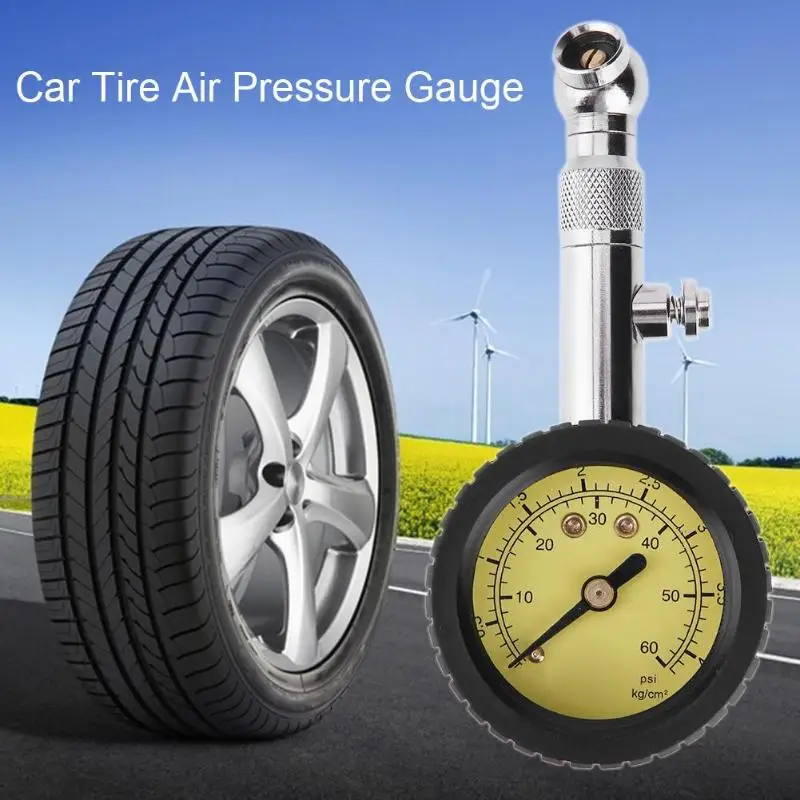 And such cases occur regularly.
And such cases occur regularly.
At near-zero temperatures on packed snow, ice or sludge for new wheels (velcro or studded) it is better to pump the wheels a little so that water and sludge are squeezed out of the central zone of the contact patch and the tread is better have worked. The wheel must be cleared for the tread to work. When it is clogged with snow, the braking distance and traction deteriorate greatly. nine0009
If the car has worn wheels, but with an acceptable tread depth for winter tires (4 mm), then you should not hope for the correct operation of the tread. Such a low checker no longer pushes the snow. In this case, it is necessary to reduce the pressure in the wheel, thereby increasing the same contact patch.
Photo: Global Look Press
On a country road, the weight of the machine will be an important factor. In this case, we select the pressure according to the load - specific indicators must be viewed on the central pillar of the body.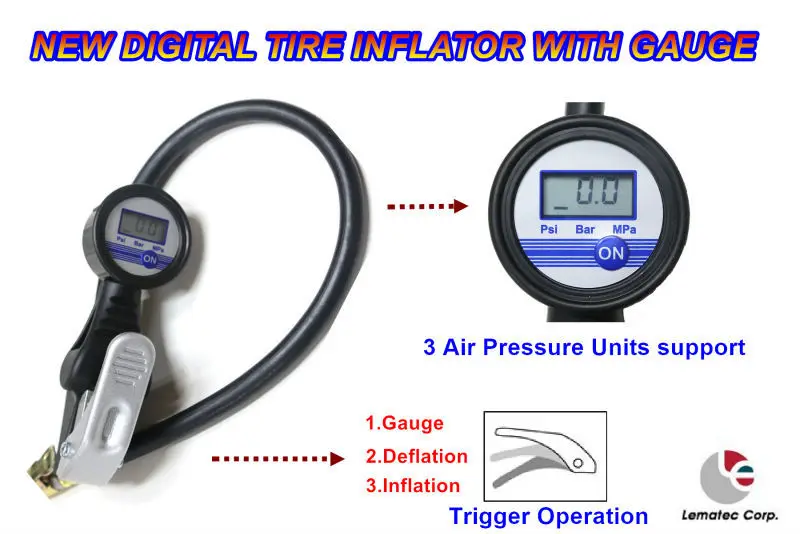 There you will see something like the following recommendation: the more the car is loaded, the higher the pressure in the rear wheels should be. nine0009
There you will see something like the following recommendation: the more the car is loaded, the higher the pressure in the rear wheels should be. nine0009
But a heavily rutted road can lead to bulges, ruptures and tire damage. Therefore, if we increase the pressure, then we drive on a bad road as calmly and measuredly as possible. Or we slightly deviate from the manufacturer's recommendations and raise the pressure not as much as the manufacturer recommends.
The main factor in changing the behavior of the wheel is not the pressure difference at altitude, but the presence of a large number of tight turns and long braking. The tire will heat up not only from the loads, but also from the operation of the brake mechanisms. Therefore, the idea that due to low pressure it is necessary to increase the pressure in the tires is wrong, because the temperature of the wheel has a much greater influence in this case. nine0009
The recommended pressure is always given when the tires are cold.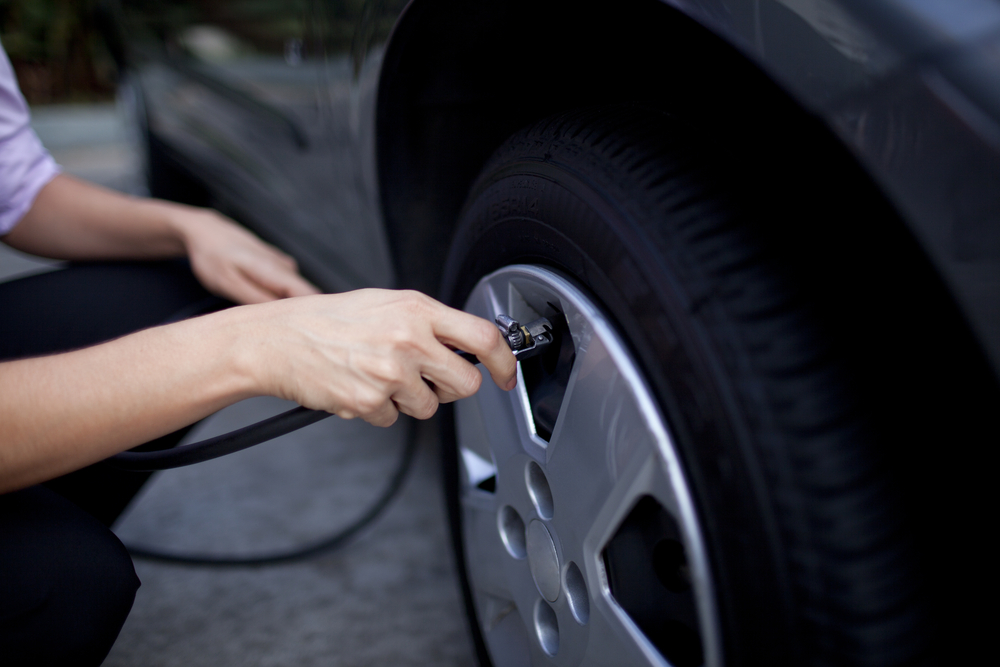 This means that the vehicle has not been driven for three hours or has traveled less than 1 mile (or one mile).
This means that the vehicle has not been driven for three hours or has traveled less than 1 mile (or one mile).
There are two ways to check tire pressure: do it yourself or at a workshop. In the first case, it is enough to use a public pump at a gas station or purchase a pressure gauge. This tire pressure measuring device comes in three types:
Another option is to install special pressure control caps on each nipple. Such a gadget works as follows: the upper part of the cap is transparent and, depending on the level of pressure, an indicator of three colors appears in it. Green - the pressure is normal, yellow - the tire is flat, red - the pressure has exceeded the norm. nine0009
nine0009
Photo: Shutterstock
The easiest way to monitor tire pressure is with the automatic TPMS (Tire Pressure Monitor System). Today it is installed on almost all models, and in some countries its presence is a prerequisite for releasing a car from the assembly line.
In such systems, the electronics automatically detects changes in the tire, and if the pressure drops below the recommended value, a warning signal lights up on the on-board computer screen. nine0009
There are two types of TPMS:
Car manufacturers recommend checking tire pressure every two weeks, but at least once a month. Indeed, even under ideal conditions (for example, the car is idle for a long time), the wheels lose approximately 0.069bar, or 1 psi, per month [4].
Indeed, even under ideal conditions (for example, the car is idle for a long time), the wheels lose approximately 0.069bar, or 1 psi, per month [4].
Check the pressure before and after a long trip, during a sudden change in temperature (for example, during the first frost or warming), and also after changing tires or driving with a load.
Also, don't forget the spare wheel. Automakers advise servicing it at least as often as the main wheels. As a rule, it has its own optimum pressure values, which can be found in the operating brochure or information table. nine0009
| Make and model | Standard load front pressure | Rear pressure at standard load |
| Lada Granta (standard version) | 2.0 bar | 2.0 bar |
| Lada Vesta | 2. |